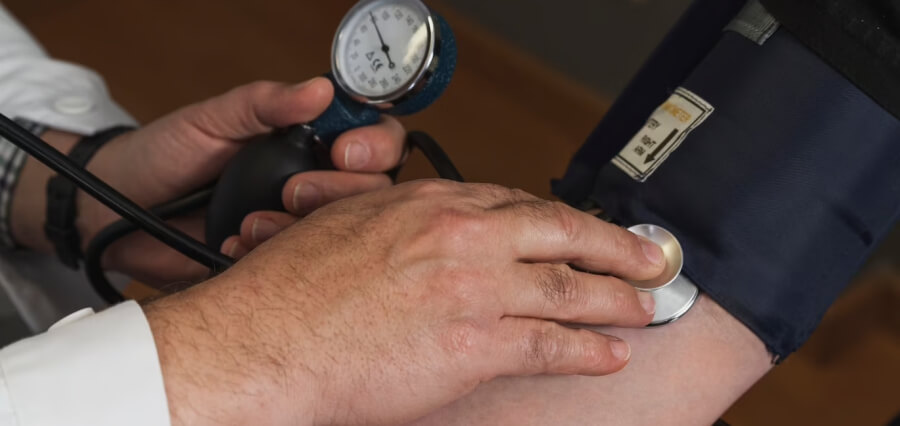High blood pressure, also known as hypertension, is a common and potentially serious health condition that affects millions of people worldwide. If left uncontrolled, it can increase the risk of heart disease, stroke, and other complications. While medications can be prescribed to manage hypertension, adopting a regular exercise routine can also play a crucial role in reducing blood pressure levels. Among the various exercises available, squats and planks stand out as a powerful duo that can help individuals combat high blood pressure and improve their overall cardiovascular health.
The Impact of Squats on Blood Pressure
Squats are compound exercises that engage multiple muscle groups simultaneously, including the glutes, quadriceps, hamstrings, and core. When performed correctly and regularly, squats can lead to significant health benefits, one of which is lowering blood pressure.
During squats, the muscles require increased oxygen and blood flow, prompting the heart to work more efficiently to supply the demand. This process strengthens the heart, improving its ability to pump blood with less effort. Additionally, squats stimulate the production of nitric oxide in the blood vessels, leading to vasodilation and improved blood flow. As a result, the blood vessels become more relaxed, reducing resistance and subsequently lowering blood pressure levels.
The Plank’s Impact on Blood Pressure
The plank is a static core-strengthening exercise that involves holding a push-up-like position, engaging the abdominal muscles, back, and shoulders. While it may not seem as intense as squats, planks are incredibly effective in reducing blood pressure.
Planks engage the body’s largest muscle groups, prompting the release of chemicals that relax blood vessels and promote better circulation. This improved blood flow reduces pressure on arterial walls, leading to a reduction in blood pressure over time. Furthermore, planks enhance overall endurance and cardiovascular function, which can contribute to better heart health and lower blood pressure levels.
Combining Squats and Planks for Optimal Results
While squats and planks can individually contribute to reducing blood pressure, combining them in a workout routine can yield even more significant results. Incorporating both exercises into a well-rounded fitness plan enhances their respective benefits, leading to a more comprehensive approach to managing hypertension.
A suggested workout routine could include alternating sets of squats and planks, allowing sufficient rest between each set. Beginners can start with a few repetitions and gradually increase the intensity and duration as their fitness level improves. Aim for at least three to four workout sessions per week to experience notable improvements in blood pressure levels and overall health.
Conclusion
Incorporating squats and planks into your regular exercise routine can be a powerful strategy to lower blood pressure and improve cardiovascular health. These simple yet effective exercises engage various muscle groups and stimulate blood flow, leading to reduced resistance in the blood vessels and a stronger, more efficient heart. However, it is essential to consult the healthcare professional before beginning any exercise program, especially if you have pre-existing health conditions or concerns about your blood pressure. With dedication and consistency, squats and planks can become valuable tools in your journey towards better heart health and overall well-being.
| Read More Articles: Click Here |















